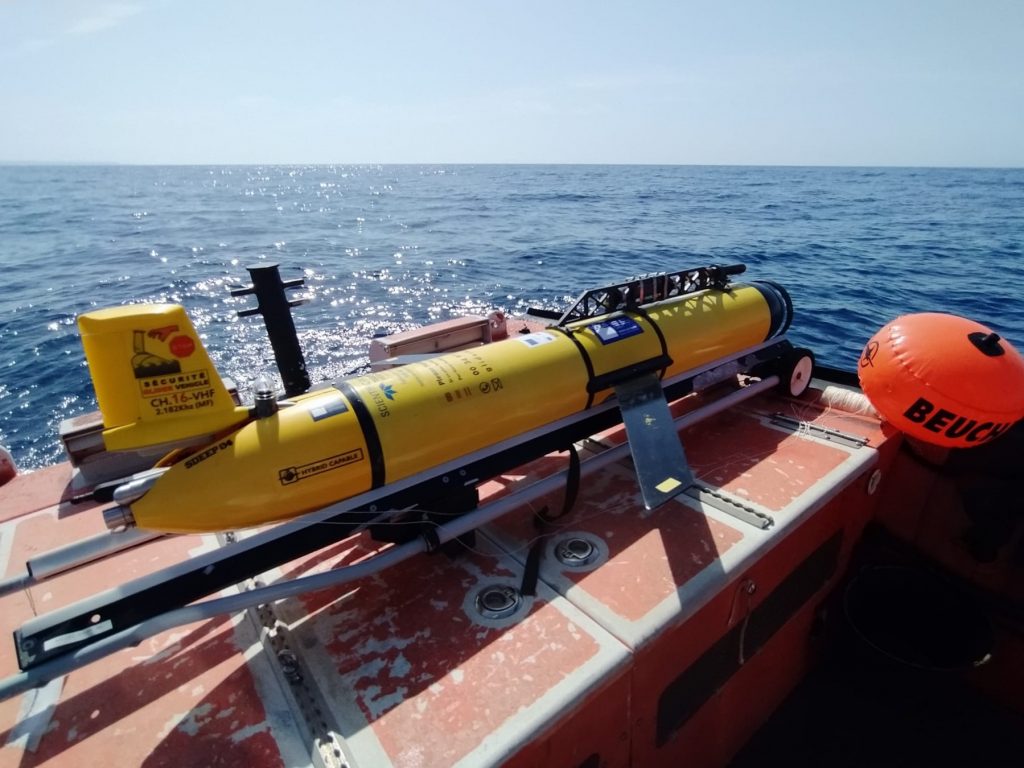The successful JERICO-RI S3 Transnational Access (TA) fist call in 2020 resulted in 19 accepted projects with 10 marine observation hosting facilities. This TA call connected marine researchers of 14 nationalities to facilities in 7 JERICO-RI partner countries.
The accepted projects will use 10 of the extensive range of multi-disciplinary facilities offered by the JERICO-RI, including cabled observatories, gliders and AUV, multi-platform facilities, fixed platforms, and calibration labs.
A short summary of the projects as they finalise contracts and begin research in the coming months is given below.
Note: Due to COVID-19 related delays, some projects are in the last steps of finalising and will be added shortly.
The Second JERICO-S3 TA Call closed in 2021 and project proposals are currently being reviewed. A third call will be announced in 2022.
| Acronym | Project Title | Project Principal Investigator | Host Facility | Short Project Summary |
| ABACUS 2021 | ABACUS 2021: Algerian Basin Circulation Unmanned Survey 2021 |
Yuri Cotroneo, University Parthenope |
Spain |
The proposed research focuses on the characteristics of the Algerian Basin (AB) circulation. The project aims at confirming the importance of the ABACUS monitoring line across the AB between Palma de Mallorca and the southern part of the Algerian basin, and contribute to data collection in The Southern European Seas, one of the main EU maritime policy objectives, as outlined in the Marine Strategy Framework Directive (MSFD). |
| ATLAS | Advanced ecosysTem monitoring in ecoLogicAl obServatory |
Sergio Stefanni, Stazione Zoologica Anton Dohrn |
UPC Expandable Seafloor Observatory OBSEA, Spain |
The main goal of this project is to validate the use of an operational long-lasting automated pump system as a primary component of a future in situ environmental DNA (eDNA) sampler, allowing the precise filtration of water and consequent preservation of eDNA. |
| CONAN | Cabled Observatory Network for the Advanced monitoring of ecosystems and their Natural resources |
Jacopo Aguzzi, Instituto de Ciencias del Mar (ICM) Institute of Marine Sciences |
Ireland |
The main objective of this project is the development and the coupling of new mobile multi-parameter platforms to cabled observatories, for the advanced spatiotemporal sampling of megafaunal communities in relation to species rhythmic activity and environmental control. |
| DeepDeg (A) | Development of a reliable system to assess biodegradation of different materials in the European deep sea |
Christian Lott, HYDRA Marine Sciences GmbH |
CNR-ISMAR Corsica Channel Mooring, Italy |
The main objective is to deploy and retrieve different plastic materials in-situ in the Mediterranean deep-sea to study their degradation. The method allows repeated deployments and retrievals of the same set of samples. This will enable them to analyse and compare the specific degradation time of different materials in the deep sea by measuring the material loss. |
| DeepDeg (B) |
CNR-ISMAR Sicily Channel Observatory, Italy |
|||
| EMPORIA | EMPORIA: Exploring the mesoscale processes in the area of freshwater influence (Gulf of Riga) |
Māris Skudra, Latvian Institute of Aquatic Ecology |
Taltech Glider Mia + Profiler, Estonia |
The project’s scientific objective is to research the dynamic processes (vertical features, movement of water masses, upwellings/downwellings, coastal gradients, freshwater influence etc.) occurring in the western (W) and/or eastern (E) parts of the Gulf of Riga (GoR), describe their characteristics and possible impact on the GoR environment by conducting high-resolution glider survey perpendicular to the W and/or E coast complemented with CTD profiling. |
| FRIPP-spring | Frontal dynamics influencing Primary Production: investigating the onset of the spring bloom mechanism through gliders |
Antonio Olita, ISAC Institute of Atmospheric Sciences and Climate |
Spain |
The project aims to study, through a multisensor sea-glider mission supported by modelled and remotely-sensed data, the impact of frontal dynamics on the Phytoplankton production and distribution as inferred from fluorometric measurements. |
| Frontiers | Fault detection, isolation and Recovery fOr uNderwaTer glIdERS |
Enrico Anderlini, University College London |
Spain |
The aim of the project is to validate methods for smart fault detection, isolation and recovery for underwater gliders. Frontiers outcomes will help increase the reliability of these platforms and help over-the-horizon pilots continue deployments even after noncritical faults, thus contributing to the assurance of the operations of marine autonomous systems (MAS). |
| S100_Bio | ANB Sensors S Series: Longterm Biofouling Deployment |
Nathan Lawrence, ANB Sensors Ltd |
UPC Expandable Seafloor Observatory OBSEA, Spain |
The main objective is to test the ANB Sensor S1100 over a prolonged period of time, observing seasonal changes in weather and biodiversity. The aim is to test the S1100 performance as the conditions transcend the season when biofouling is and isn’t prevalent. |
| VRunas | Validation of a Real-time Underwater Noise Acquisition System |
Ehsan Abdi, Cyprus Subsea Consulting and Services |
UPC Expandable Seafloor Observatory OBSEA, Spain |
The main objective of this project is the technical and scientific validation of the Real-time Underwater Noise Acquisition System (RUNAS) in coastal waters. This system aims to provide real-time underwater noise measurements compliant with the MSFD. |
| YUCO-CTD | Validation of an innovative easy-to-use affordable micro-AUV platform, embedding a high accuracy and resolution CTD sensor. |
Quentin Peyregne, Seaber |
Ireland |
The main objective of the Yuco_CTD micro-AUV project is to perform quantitative and georeferenced salinity and temperature profiles in coastal areas using an easy to use affordable fully autonomous micro-AUV platform embedding an Argo referenced, high accuracy and resolution CTD sensor. |

